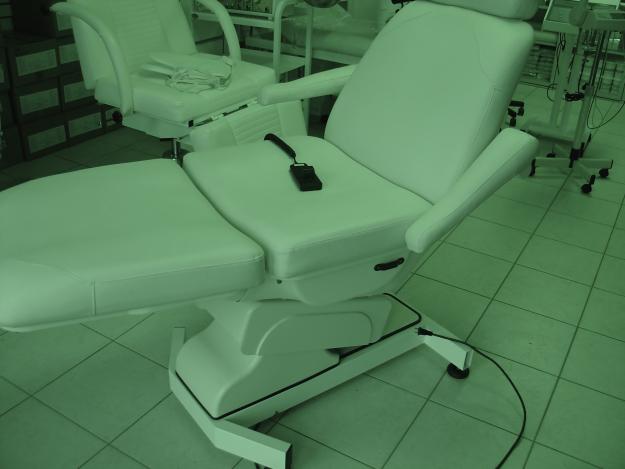A very significant concern during any surgical procedure is the risk of needlesticks with a contaminated needled. The most common cause of these needlesticks is the passing of contaminated needles between surgeons and scrub techs or surgical technicians during the procedure.
Safety Concerns
Another part of suture needle safety concerns is the manipulation of needles. The more needles are handled, the higher the risk of a potential needle stick. Minimizing or eliminating sharps behaviors in the operating room or emergency room is the most effective way to increase suture needle safety.
The optimal solution is to eliminate the need to pass the contaminated needles between the surgeon and the scrub tech. Having a device that secures the new needles and also provides a needle trap to prevent needlesticks is a safety feature and may help to increase the efficiency and speed of wound and surgery closing procedures.
When the surgeon is in full control of the closing and the needles are positioned where needed, there is no need to look away from the surgical field. This also assists with suture needle safety by avoiding the potential of losing focus by having to look away to transfer the needle.
Increasing Efficiency
The use of suture packs and a needle trap can also help to decrease the time of a procedure for the patient. The surgeon can complete the closing while the scrub tech and other team members are able to complete their counts and work on the process of breaking down the operating room, reducing the overall time for the patient in the operating theater.
At Sharp Fluidics, we have engineered a sharps injury prevention device, Operative Armour, that is designed to enhance suture needle safety. To learn more, contact them today.
